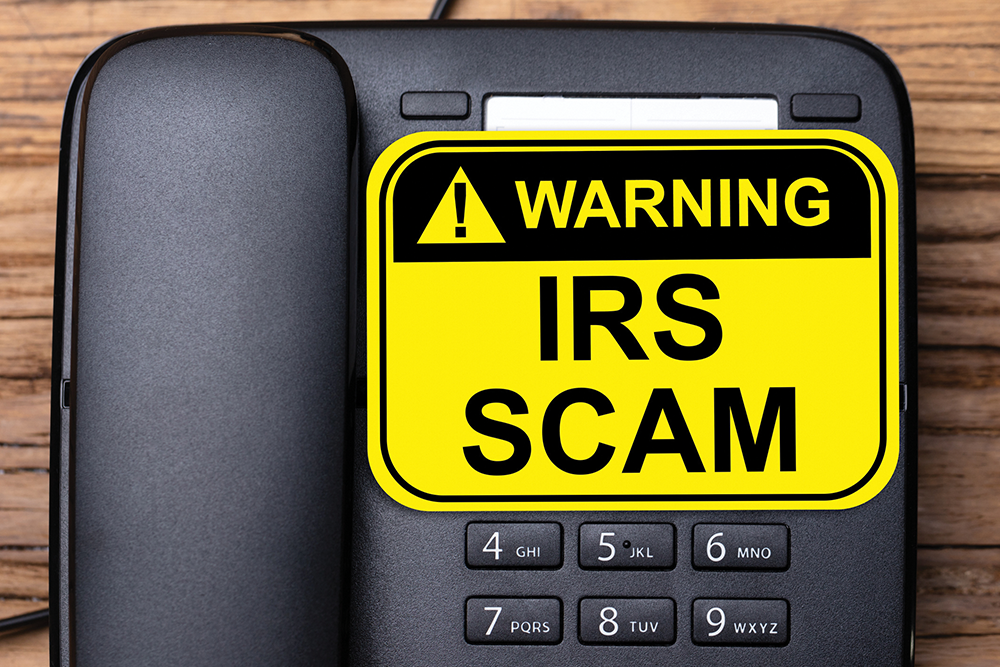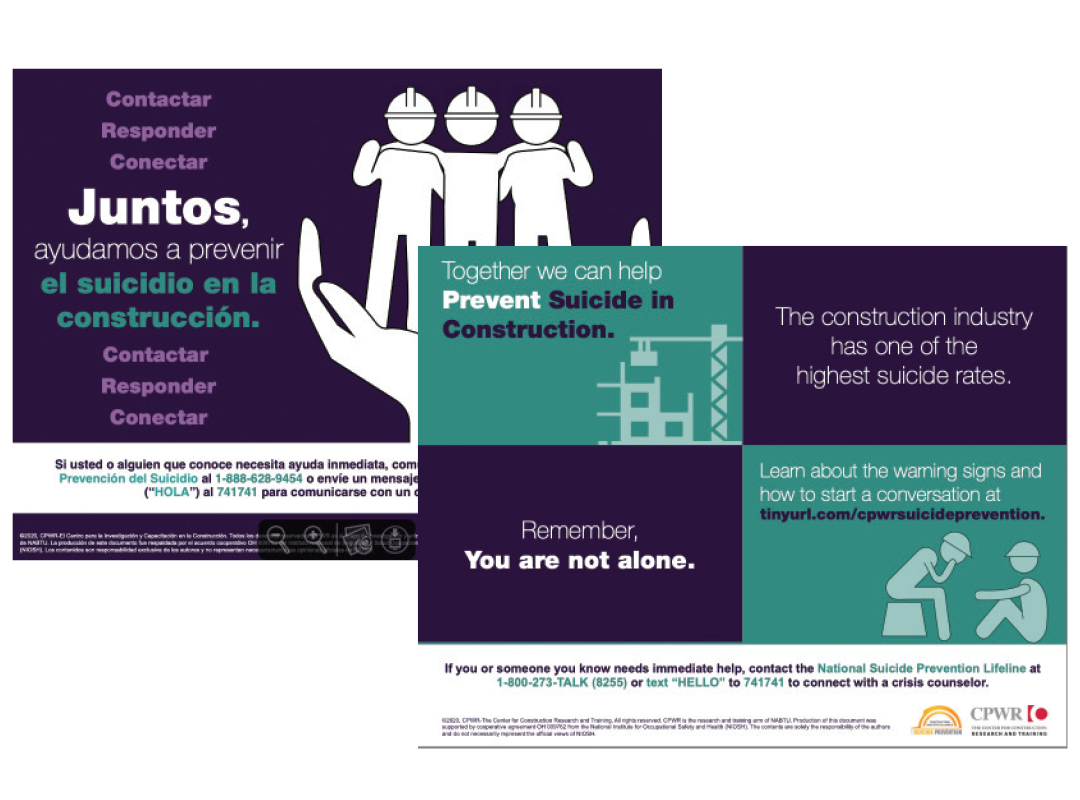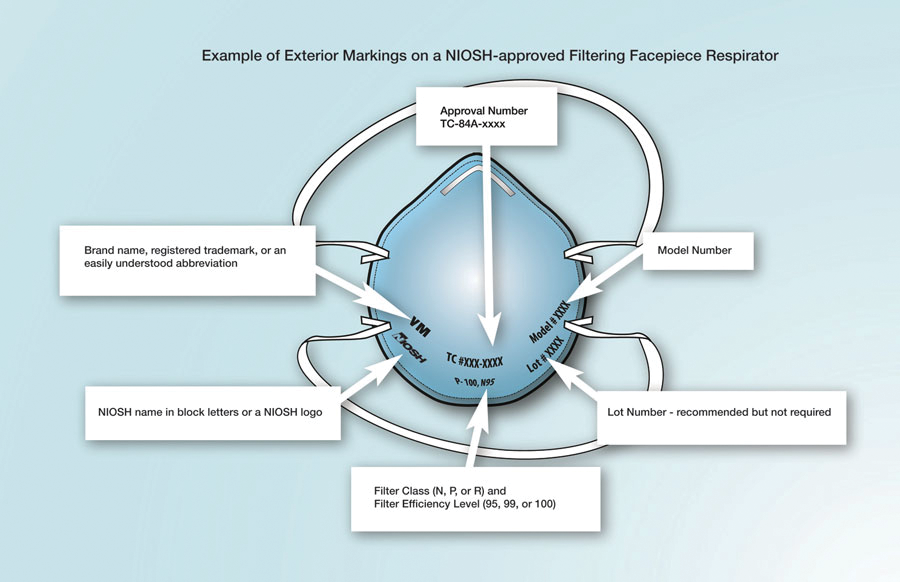IRS reveals list of “Dirty Dozen” tax scams

|
The IRS has released its annual list of “Dirty Dozen” tax scams, which emphasizes aggressive and evolving schemes related to COVID-19 tax relief, including Economic Impact Payments.
“Tax scams tend to rise during tax season or during times of crisis, and scam artists are using the pandemic to try stealing money and information from honest taxpayers,” says IRS Commissioner Chuck Rettig. “The IRS provides the Dirty Dozen list to help raise awareness about common scams fraudsters use to target people.”
Taxpayers are encouraged to review the list and look out for these scams during the year. Taxpayers also should remember they are legally responsible for what is on their tax returns even if the returns are prepared by someone else. Choosing a reputable tax preparer is essential.
This year’s scams include phishing; fake charities; threatening impersonator phone calls; social media scams; Economic Impact Payment or refund theft; senior fraud; scams targeting non-English speakers; unscrupulous return preparers; Offer in Compromise mills; fake payments with repayment demands; payroll and human resources scams; and ransomware.
Skilled trades face challenges in school systems
Research released by Harbor Freight Tools for Schools shows though there is overwhelming support for skilled trades education in high school, school systems face significant barriers in providing courses that offer students a path toward these careers, according to forconstructionpros.com. The research includes a public opinion poll and a study of skilled trades programs in U.S. high schools.
The research focuses on skilled tradespeople who were deemed “essential” workers during the COVID-19 pandemic. The study and poll provide a comprehensive look at U.S. high school skilled trades education—courses that emphasize building and repair, such as construction, electrical, automotive and plumbing—that can lead to middle-class jobs that often do not require a four-year college degree.
“This crisis underscores the degree to which we depend on skilled tradespeople,” says Eric Smidt, founder of Harbor Freight Tools for Schools and The Smidt Foundation—Harbor Freight Tools for Schools is the foundation’s flagship program. “These studies demonstrate Americans want skilled trades education, but far too often students don’t have access to skilled trades classes in their high schools. When we teach trades in high school, we give students a head start on the road to fulfilling, good-paying careers that our country desperately needs.”
The first study was conducted by research organization NORC at the University of Chicago before the pandemic and polled nearly 6,000 voters, students and parents of high school students. The poll found:
- Seventy-nine percent of parents believe their children would be more prepared for careers if they had the chance to study a trade in high school.
- Seventy-two percent of students say high schools could do a better job of giving them chances to learn real-world skills.
- At least seven in 10 voters, parents and students want employers to do more to support skilled trades education.
- Eight in 10 voters support more funding for high school skilled trades education.
- Eighty percent of voters described the trades as important.
The second study, conducted by JFF, an independent workforce development nonprofit organization, analyzed federal and state data regarding skilled trades programs, students, student outcomes and teachers and included interviews with state career and technical education leaders in 50 states and Washington, D.C. The interviewees nearly universally agreed a lingering stigma against the trades discourages student participation, demonstrating educators have not yet seen the positive public opinions illustrated by the poll.
Of the more than 11 million public high school students in the 32 states that provided skilled trades enrollment data for the 2016-2017 school year, 872,452 students (8%) took a skilled trades course. In those states, students concentrating in trades—taking two or more courses in sequence, indicating strong interest—would fill less than 10% of the 975,000 projected job openings from 2018 to 2028, many of which are driven by retirements.
North America’s construction output to fall 6.5% in 2020
Data and analytics company GlobalData has reported North America’s construction output is forecast to fall 6.5% in 2020 because of the COVID-19 pandemic. Canada is projected to experience a 7% decline in output, and construction output in the U.S. is projected to decrease by 6.5%.
Although construction activities have been allowed to continue in parts of the U.S. and Canada since the pandemic began, many projects in the bidding or final planning stages have been delayed or canceled largely because of uncertainty surrounding the economy, falling demand for new construction work and concerns related to COVID-19 safety measures at construction sites.
“The short-term outlook for North America’s construction industry remains highly uncertain and will depend to a large extent on how long the social distancing measures—both voluntary and compulsory—prevail in the second half of 2020 and in 2021,” says Dariana Tani, an economist for GlobalData.
Construction activity is expected to remain weak from 2021-2024. Public authorities in the U.S. and Canada currently are trying to find a balance to return their economies to normal while making sure citizens remain safe through social distancing guidelines, workforce protection controls and increased testing and contract tracing. These measures will become more or less strict depending on the rate of infection and the operating capacity of the countries’ health care systems.
New construction suicide-prevention resources are available

|
As part of its commitment to safety in the roofing industry, NRCA is a member of the Construction Industry Alliance for Suicide Prevention, a group of key industry organizations committed to promoting the safety and well-being of construction workers. Established by the Construction Financial Management Association in 2016, the Construction Industry Alliance for Suicide Prevention’s mission is “to provide and disseminate information and resources for suicide prevention and mental health promotion in construction with the goal of creating a zero-suicide industry.” Part of NRCA’s membership commitment involves periodically sharing these suicide-prevention resources.
According to the Centers for Disease Control and Prevention, the suicide rate in construction occupations is nearly four times greater than the national average and five times greater than that of all other construction fatalities combined.
The Construction Industry Alliance for Suicide Prevention offers resources on its website, preventconstructionsuicide.com, including published articles, posters to display in the workplace, and information and tips regarding how to plan an educational session or suicide-prevention summit, among other resources.
CPWR—The Center for Construction Research and Training has added new online resources to address suicide prevention. CPWR has made available Hazard Alert: Suicide Prevention in Construction; Toolbox Talk: Suicide Prevention in Construction; and infographics about starting a conversation and reaching out. The resources are available in English and Spanish at cpwr.com.
Walmart includes skilled trades in educational benefit program
Walmart has expanded its educational benefits program to prepare its workforce for future jobs through skilled trades training, according to finance.yahoo.com.
During summer 2018, Walmart began offering its 1.5 million U.S. associates debt-free college as part of its $1-a-day college tuition perk called Live Better U. Workers used to be eligible for the popular benefit after 90 days of employment, but now they are eligible on their first day of work.
“While the economy and our company will continue to be technology-driven, we also recognized the U.S. suffers from a skilled trades talent gap,” says Drew Holler, senior vice president of associate experience at Walmart.
Walmart partnered with Penn Foster, a for-profit online career school, to offer its associates the opportunity to earn certificates across trades, including facilities and industrial maintenance, HVAC/refrigeration, electrical, plumbing and construction. Upon earning a workforce certificate in a trade, Walmart will help associates find a relevant entry-level role at Walmart or with a member of Walmart’s contractor network.
Originally, the Live Better U program offered degrees in business, leadership and management. In 2019, it expanded to offer technology-focused and health-related degrees. Live Better U participants can earn degrees through Bellevue University, Bellevue, Neb.; Brandman University, Irvine, Calif.; Purdue University Global, Chicago; Southern New Hampshire University, Manchester; University of Florida, Gainesville; and Wilmington University, New Castle, Del.
More than 25,000 full-time and part-time associates have enrolled in the Live Better U program. So far, the associates completed more than $58 million worth of college credits, and more than 3,000 have completed one of the debt-free degrees.
NIOSH warns about counterfeit respirators

|
Recent federal government guidance cautions workers trying to protect themselves from hazards such as sand, silica dust or COVID-19 to carefully consider the source of their respiratory protection, according to constructiondive.com.
The National Institute for Occupational Safety and Health, which is part of the Centers for Disease Control and Prevention, says counterfeit respirators are being sold in the U.S. The respirators—many of them made in China—may not be capable of providing appropriate respiratory protection.
NIOSH has identified dozens of suspect brands on its website, as well as what to look for in approved face coverings. Some brands listed as counterfeit include Valmy model VRN95; INSAFE; DermaCare or Espomega with model numbers HY8710, HY8812 and HY8816; Intech Safety Pvt. Ltd.; Safe Life model B130 and model B150; SAS model 8617A; and some models claiming to be from Shining Star Electronic Technology.
NIOSH-approved respirators have an approval label on or within the packaging of the respirator and/or within the instructions containing one of the following designations: N95, N99, N100, R95, R99, R100, P95, P99 or P100. A respirator may be counterfeit if it has no markings; has an incorrect spelling of NIOSH; has decorative fabric or add-ons such as sequins; claims to be approved for use by children; or has ear loops instead of headbands.
Although approved for use in construction, recent studies show valved N95 masks are not suitable for COVID-19 mitigation as they can decrease the protection of people nearby the wearer.
The new guidance says contractors should carefully consider where they buy their masks. Many of the problematic masks come from online retailers, auction sites such as eBay and third-party distribution networks. NIOSH lists warning signs that a retailer is suspect, such as offering a low price compared with other outlets. It also is important to see whether a seller is marketing the same products over time or primarily selling trendy items.
NIOSH’s list of counterfeit respirators is available at cdc.gov/niosh/npptl/usernotices/counterfeitresp.html.



